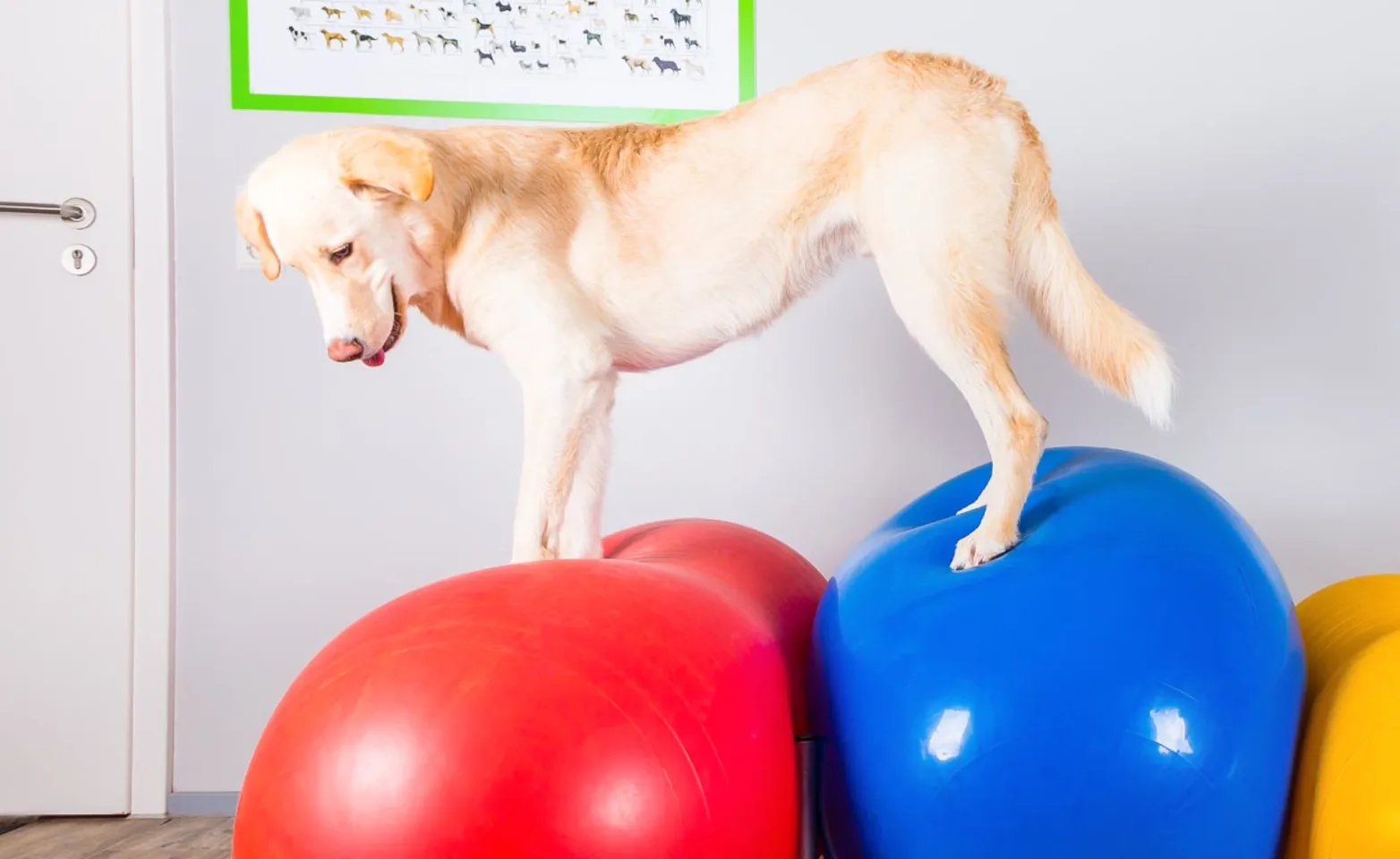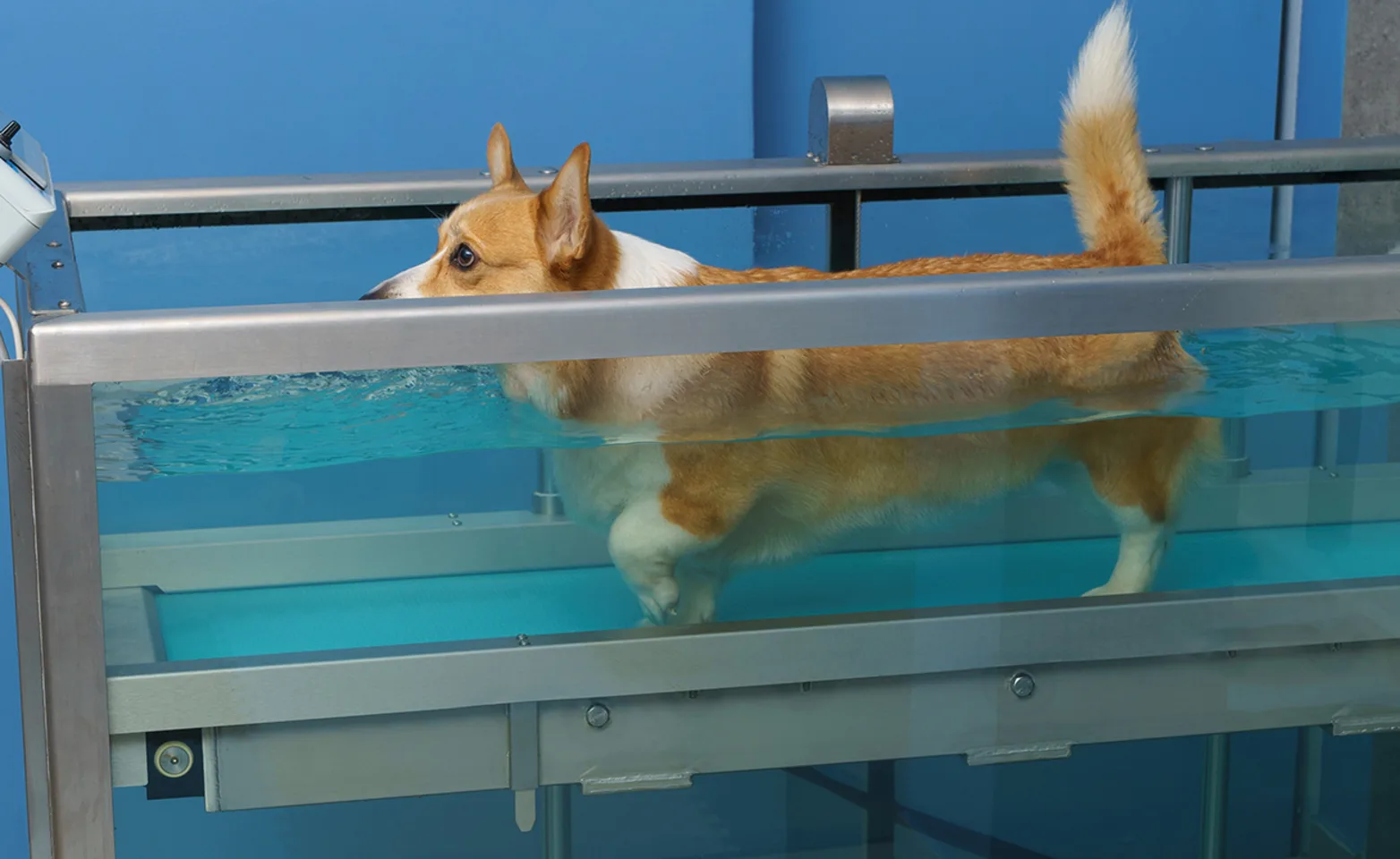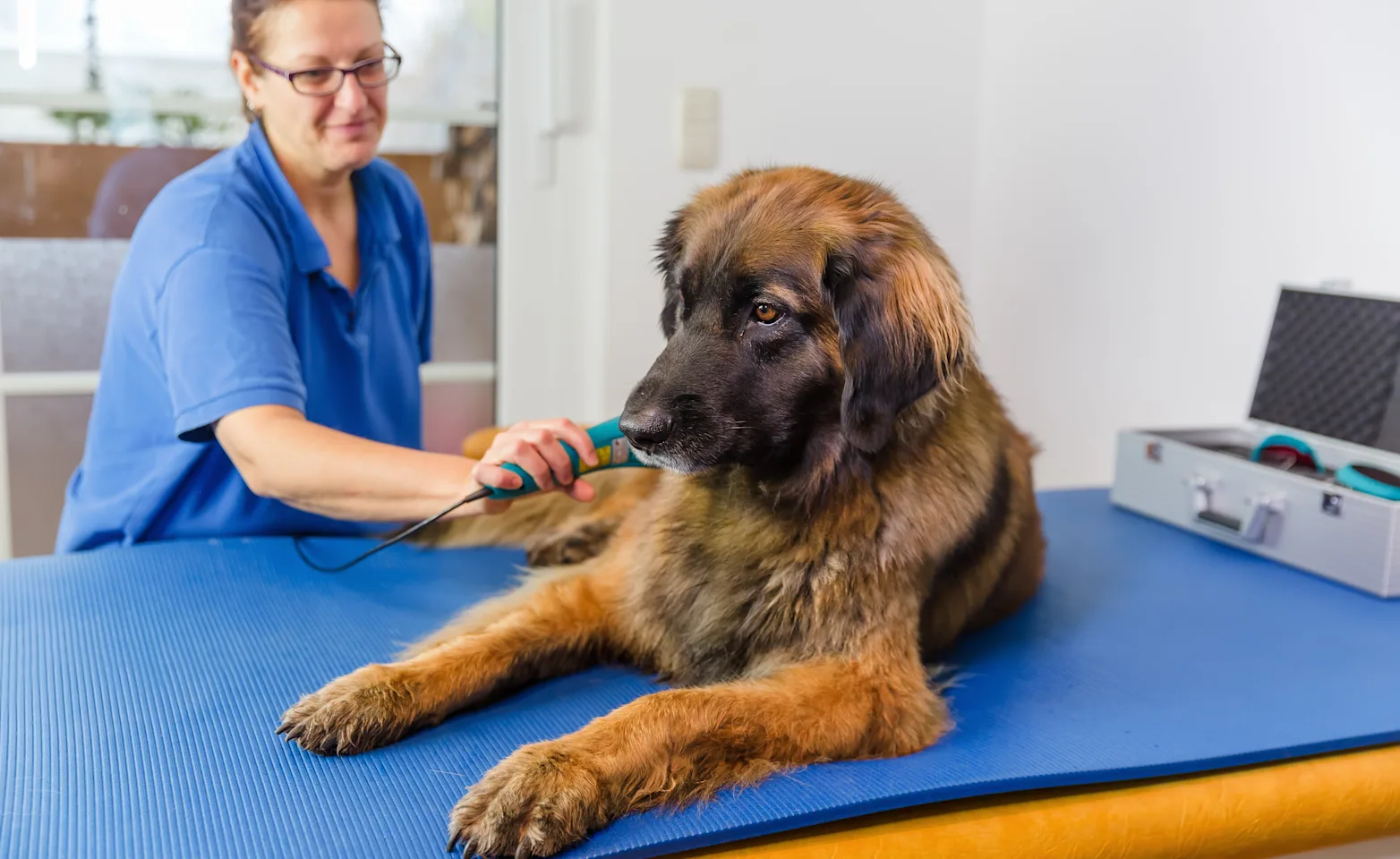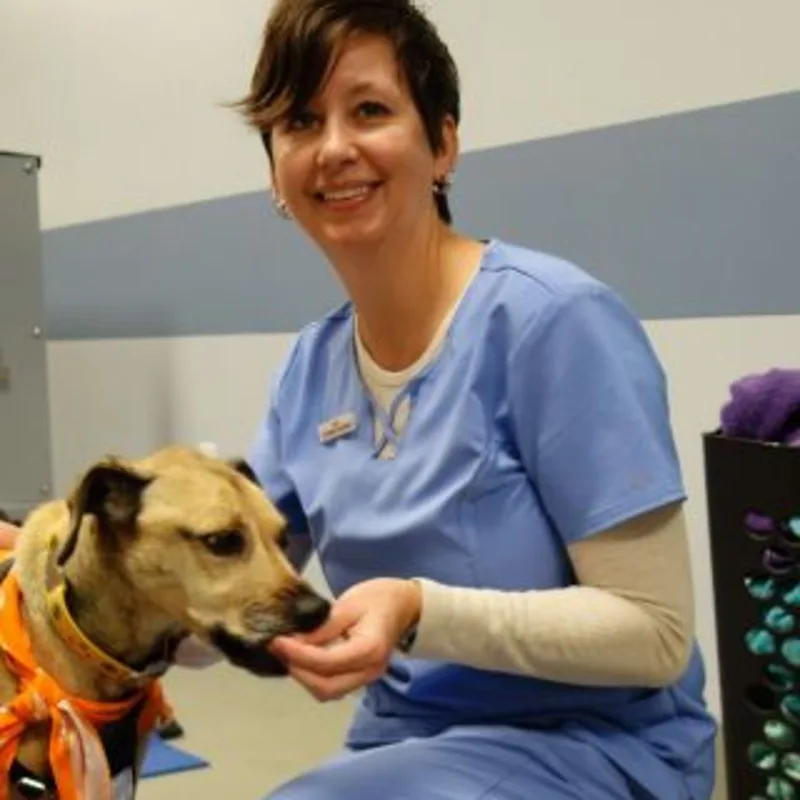Charleston Veterinary Referral Center (CVRC)

Physical Rehabilitation
Overview
The Physical Rehabilitation Service at CVRC offers state-of-the-art care in the area of physical rehabilitation.
Our advanced rehabilitation center functions under the guidance of staff members specialty trained and certified in canine rehabilitation (CCRT/CCRP) and canine therapeutic massage (CCMT).
Physical rehabilitation is recommended for a variety of disorders, primarily to restore function, improve mobility, promote balance, decrease pain, encourage healing, facilitate circulation, and maintain an ideal quality of life.

What patients will benefit from Physical Rehabilitation?
Post-operative orthopedic and neurologic patients
Conservatively managed ortho and neuro disease processes
Osteoarthritis
Over conditioned/Underconditioned patients
Geriatric patients
And more!

What therapies/modalities does the Rehabilitation service offer?
Underwater treadmill
Canine land treadmill
Class IV MLS Laser therapy
Neuromuscular and transcutaneous electrical stimulation
Therapeutic Ultrasound
Extracorporeal Shockwave Therapy
Compression cryotherapy
Thermotherapy
Proprioceptive and strength training
Manual therapies

How do I schedule an appointment?
If you are interested in scheduling your pet for a rehab assessment, please have your veterinarian submit a rehab referral including diagnosis and pertinent medical records. Once we receive the referral, a member of the rehab team will reach out to you to discuss the rehab program in more detail and schedule the initial rehab assessment. If you need assistance obtaining the referral, feel free to contact us.


